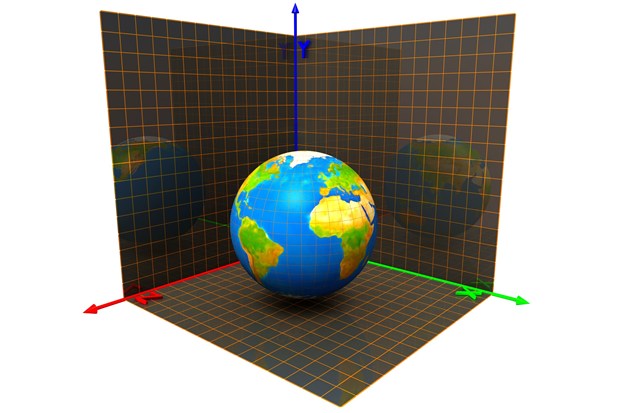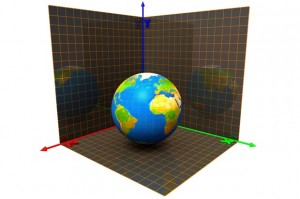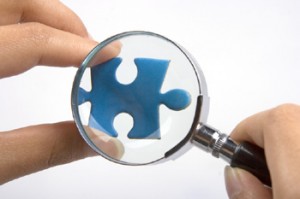Human beings are resourceful and curious. The need to explore, analyze our surroundings, and solve problems is in our nature (even from a very young age). There are many different reasons why we do these things, including improvement of our quality of life (e.g., by creating devices to reduce efforts or improve our safety), thirst for knowledge (e.g., in learning how plants grow), or even just for fun do simulation.
The technique humans (and maybe change) their environment is experimentation (for instance, if we want to learn how much clay and water must be mixed to do pottery, we conduct different trials until the desired consistency is obtained). Experimentation was the only way humans had to learn about their environment for principal methods employed in problem solving (and a crucial part of child development).
There are two objects under consideration: the entity under study and the experimental frame (EF), which defines the conditions for experimentation. The EF defines not only how we experiment on the entity but also how we obtain the experimental results. In our pottery example, the entity is the mix of water and clay (that we can mold and then solidify in an oven), and the EF is the set of experiments done.
Each experiment would be a different trial to mix clay and water (including
different percentages of each material, include the consistency and texture expected and obtained for each different clay mix.
EXAMPLE 1.1
Let us suppose that we want to study the best possible allocation of desks . We need to decide where to put the desks and the heating/air conditioning sources. An experimentation-based solution would take different groups of students in different positions and would use a sensor (i.e., a thermometer) to measure the temperature in different areas in the classroom.
In this example, the entity is a classroom and its temperature under different desk configurations. The EF is defined by the multiple student configurations (experiments) and the kinds of results expected at the end of each experiment (in this case, temperature of a room between –20 and +45°C). The results are provided by the thermometers used to measure the temperature. As we can see, the EF allows us to consider what the objectives of the experiment are (measure temperature in the room; the number of students or their weight is not of interest) and any assumptions we have about the experiment (do we use a digital thermometer or an analog one? One or many? Are we interested in fractions of a degree?).





7 Comments. Leave new
Good work!
Good effort..!
Nice article..
Informative 🙂
Well explained.
Well researched!
great work!